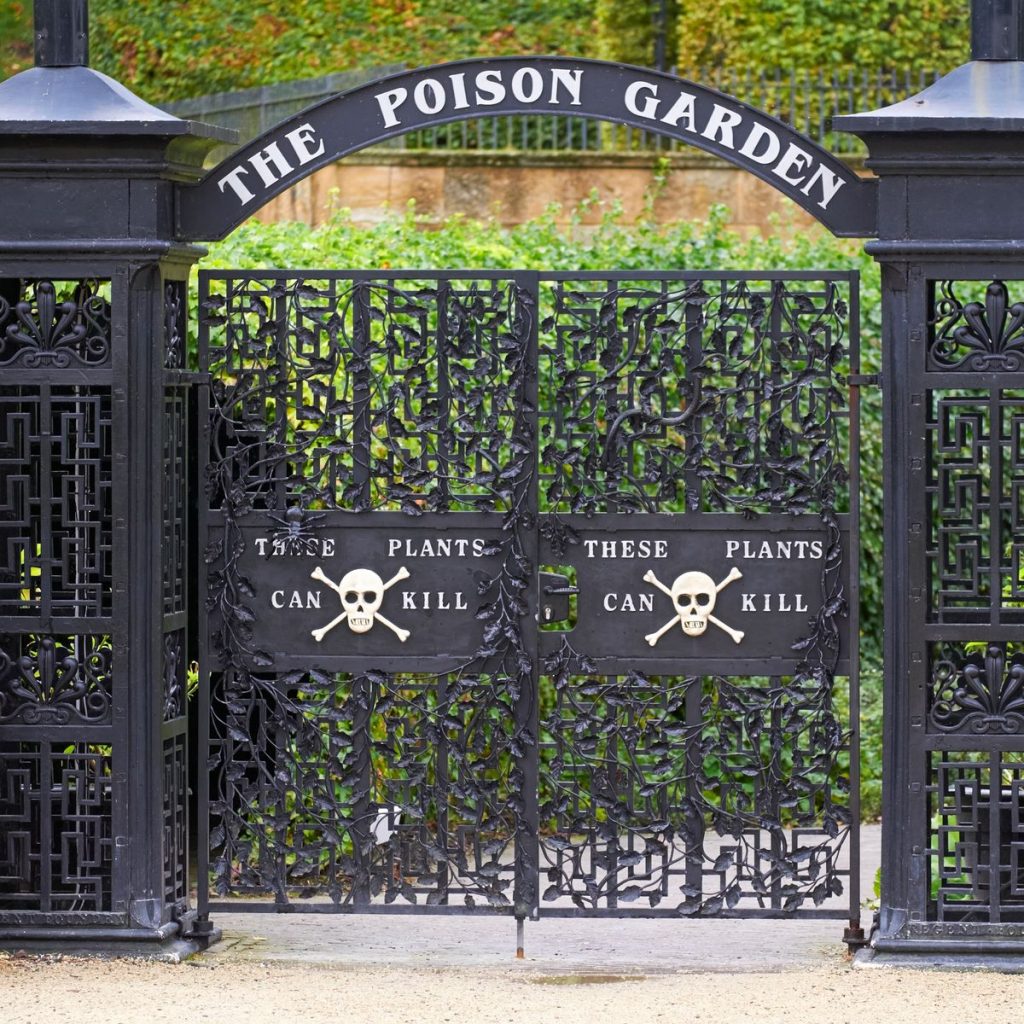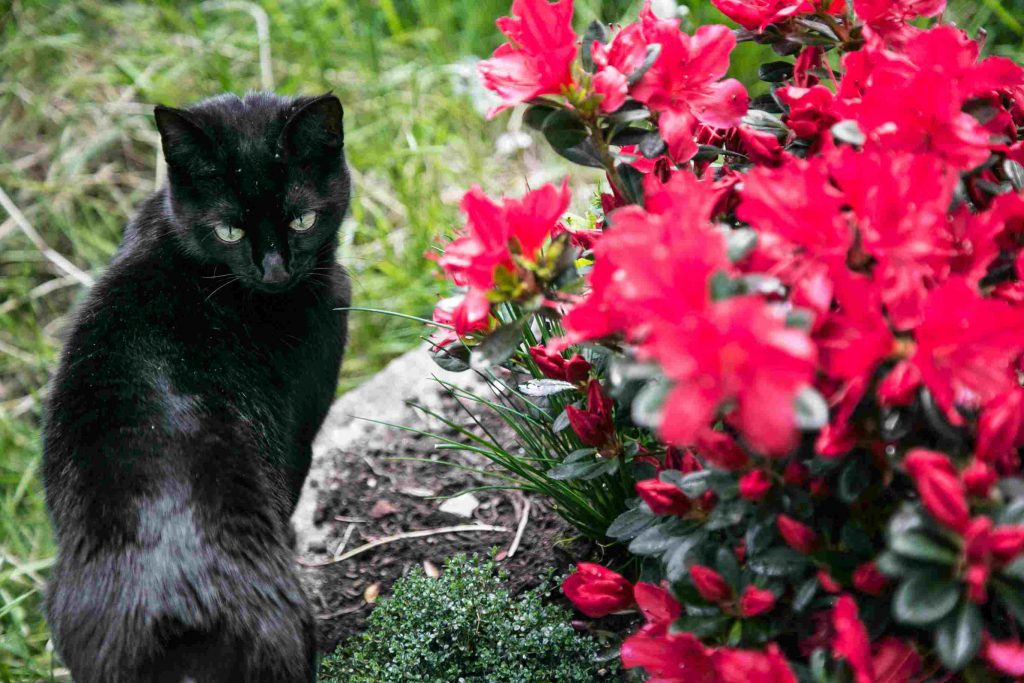Join our community
of garden lovers.
Sign up with your e-mail address to receive our latest offers,
competitions & local gardening tips
competitions & local gardening tips

Many a plant that grows in our gardens have life enhancing qualities. Yet some of the beauties that you grow in your garden might have their daggers out for you, your family and your pets. That does not always imply that these plants would kill you, but they can surely cause discomfort and have ill consequinces. Some plants can cause severe halucunations and then there are those plants that can cause death.
Many plants have both qualities (medicine and poison). Take foxglove for instance. The digitalis in this plant is used for heart medicine but taken in the wrong dosage, this substance can be fatal.
Most animals have an inbuilt sense telling them what plants are poisonous are what plants are not and they will instinctively avoid these plants. However you might have one of those ‘eat all’ dogs that devour everything in its way, in which case you might want to be more cautious about what you plant in your garden. It might also be a good idea to educate your kids about what plants are toxic and to teach them how to identify these plants.
In some cases it is only certain parts of a plant that is toxic. The leaves and roots of edible Rhubarb is toxic while the red stems are used in delicious cooking like Rhubarb pie. The leaf and root sap of the common fig tree are toxic while the fruit is considered a delicacy.
There are a few standard signs that can help you identify potentially toxic plants. These signs for possible poison plants are:
It is important to be aware of your surroundings. Unassuming plants can harm you, your kids or your pets if you’re not careful.
No matter if it’s you, your family, or your pet, if you suspect you or a loved one has been poisoned due exposure to plants, here is what to do:
Dr Gerhard Verdoorn is the leading toxologist in South Africa and is head of the 24 hour Griffon Poison Centre. Save this number under your emergency numbers on your phone: GRIFFON POISON INFORMATION CENTRE Call: 082-446-8946
Stay safe and keep gardening.
Join us this Friday 1 July 2022 for our FREE online workshop on: ‘Toxic Beauty – Poisonous Plants in your Garden’, with Garden Guru Sue Both.
Please use the following login details to join us at 11am sharp over Zoom:
Meeting ID: 837 7696 6950
Passcode: 175882
or use the following direct link: https://bit.ly/3A6GrP7
